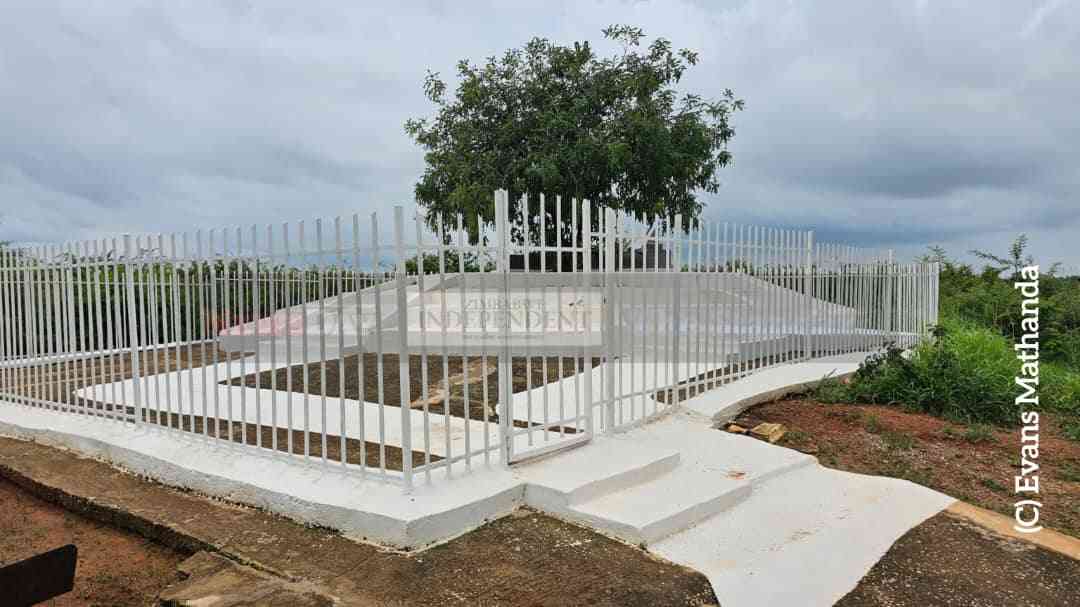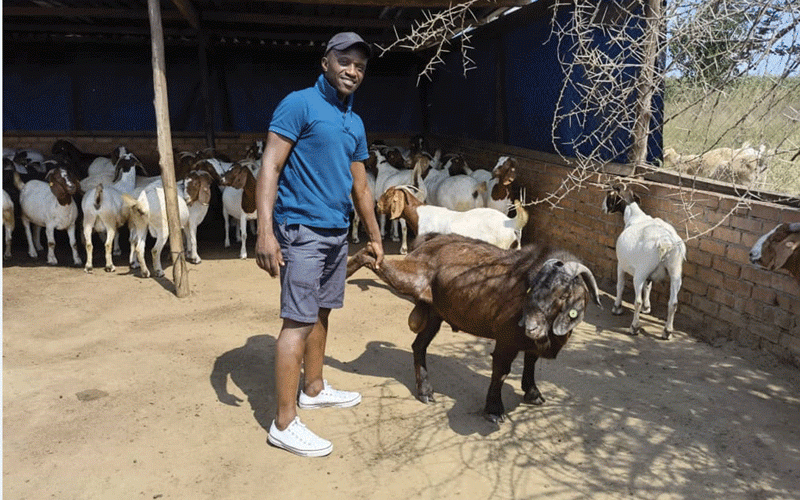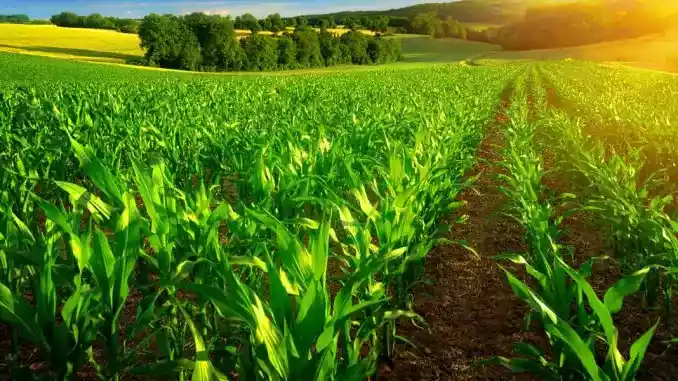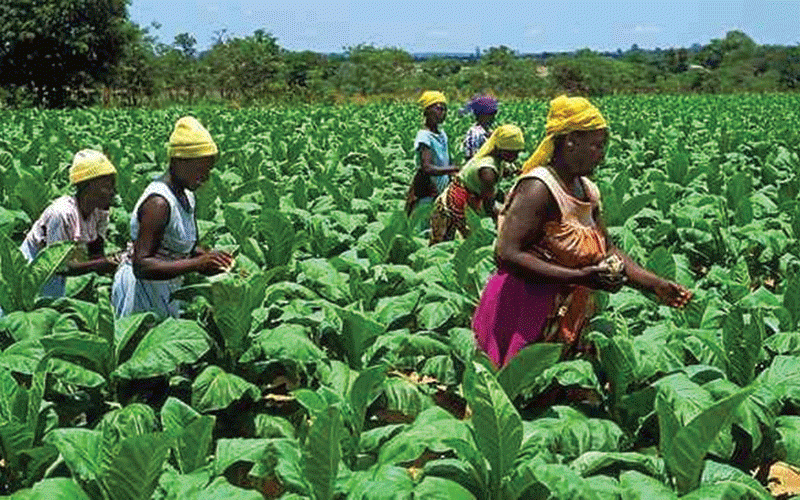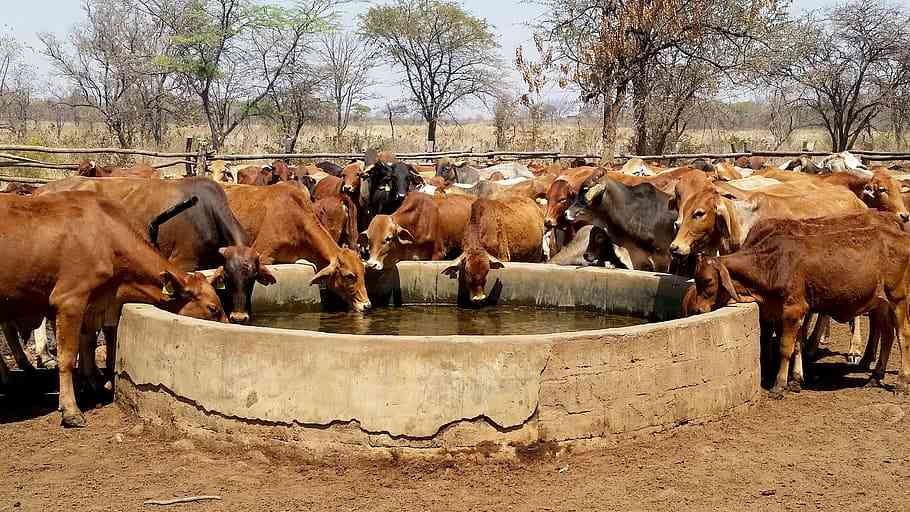
AMERICAN food security initiative, the Famine Early Warning Systems Network (FewsNet), says water challenges are persisting throughout Zimbabwe which is limiting and even preventing engagement in some livelihood activities.
This comes as the 2023/24 agricultural season saw record low rainfall owing to an El Niño-induced drought leading to lower crop and livestock output.
In its food security update for September, FewsNet said the Integrated Food Security Phase Classification Phase 3 crisis was now widespread throughout the country.
“Water challenges are persisting, especially in the typical low rainfall areas, limiting and even preventing engagement in some livelihood activities, as well as negatively affecting some irrigation schemes. Most rivers, streams and dams are dry, and fast-receding water tables are causing deep well and borehole levels to drop, with some drying up completely as demand increases,” FewsNet said.
“This has resulted in some households travelling long distances and spending more time to access water for household and livestock purposes. In some cases, households are resorting to dry riverbed sand-scooping for water.
“The water challenges and deteriorating pasture conditions, are expected to continue driving poor livestock body conditions, some livestock poverty deaths and below-normal livestock prices until after the start of the 2024/25 rainfall season.”
FewsNet said over 3 500 cattle deaths were reportedly recorded in Matabeleland South province, the province most affected between June and September, with more than half of the cattle herd in the province reportedly at risk.
However, FewsNet noted that rainfall forecasts indicated a normal start and at least average rainfall for the main 2024/25 agricultural season for all of Zimbabwe.
- Zim hit by grain shortage
- Lower Gweru villagers appeal for food aid
- Hunger stalks region
- Climate change forces Zim to finally take up irrigation
Keep Reading
The new season will start from the mid-point of this month.
“Irrigated tobacco planting started in early September. At the end of September, the Tobacco Industry and Marketing Board reported a 36% increase in the number of farmers registered to grow the crop this season and a 45% increase in tobacco seed sales, compared to the same time last year,” FewsNet said.
“Some farmers across the country have started preparing their lands in readiness for the rains, including digging planting holes under the government promoted Pfumvudza/Intwasa (conservation agriculture) programme Harvesting of the 2024 winter wheat has also begun across most parts of the country.”
FewsNet said while typically a commercial crop, wheat was recently added to be part of the strategic grain reserves for Zimbabwe.
According to the Meteorological Services Department (MSD) rainfall forecast for the 2024/25 agricultural season released last month, the new season coincides with a weak La Niña phase.
“There are prospects of better rainfall for the country from the second sub-season until the end of the forecast period, which spans from November to March. The forecast for the 2024/25 rainfall season is based on the accumulated rainfall for each sub-season, without taking into consideration its temporal distribution,” the MSD said.
“The rainfall forecast for the 2024/25 season covers the months October 2024 to March 2025. The forecast is demarcated into four sub-seasons, October-November-December, November-December-January, December-January-February and January-February-March.”
MSD said this year, the country had been divided into dynamical zones following the forecast signal in each sub-season.

